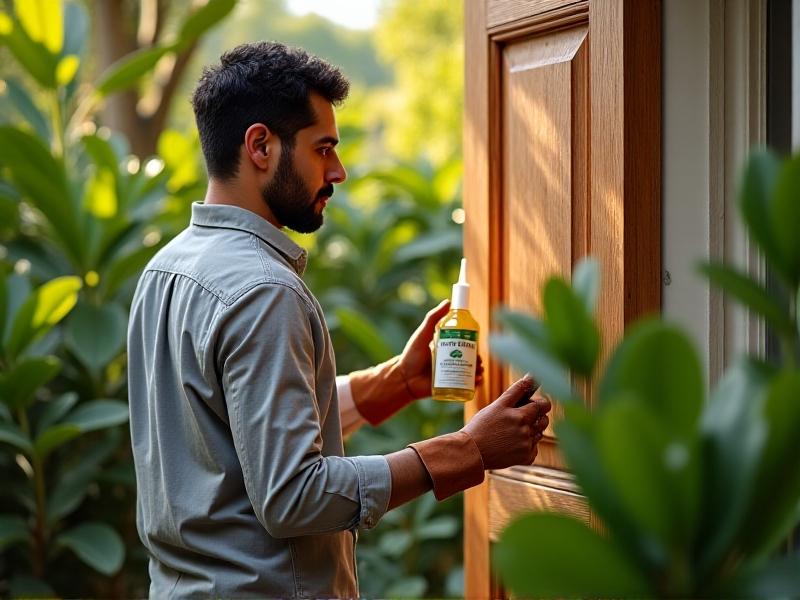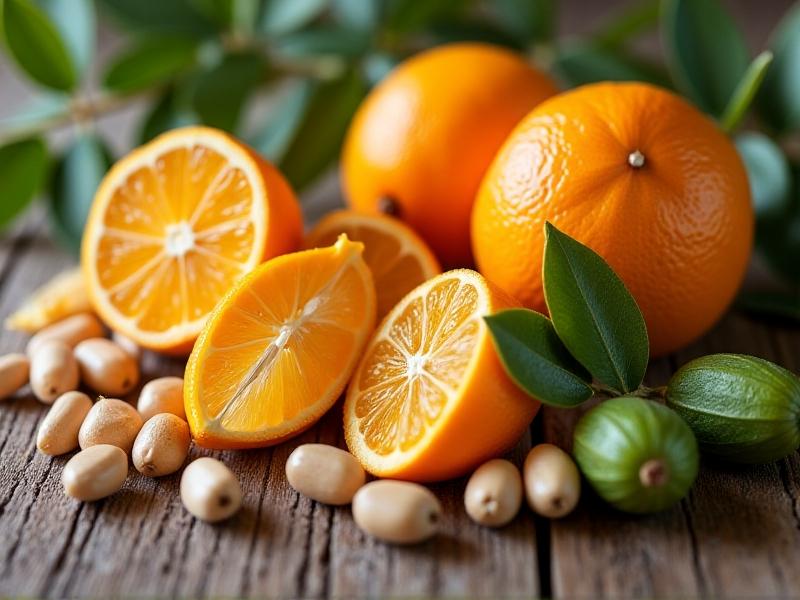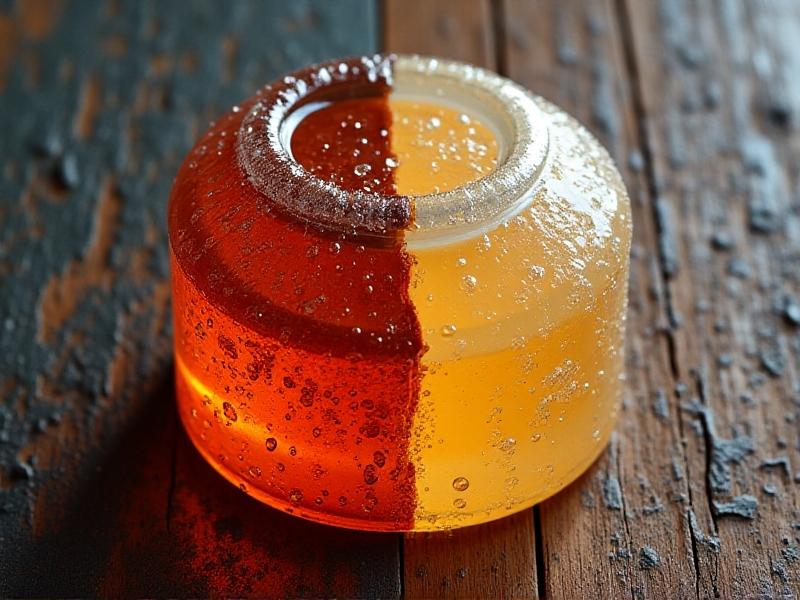Plant-Based Strippers: Eco-Friendly Paint Removal Solutions
The Rise of Eco-Conscious Paint Removal Solutions

As environmental awareness grows, industries are reimagining traditional practices to reduce ecological harm. Paint removal, historically reliant on harsh chemicals like methylene chloride and NMP, is undergoing a green revolution. Plant-based strippers, formulated with ingredients like soy, citrus, and corn, are emerging as safer alternatives. These products cater to homeowners, artisans, and industries seeking effective yet sustainable solutions. The shift isn’t just ideological—strict regulations on volatile organic compounds (VOCs) and consumer demand for transparency are driving innovation. By prioritizing biodegradability and non-toxicity, plant-based strippers are redefining what it means to strip surfaces responsibly.
Understanding Plant-Based Strippers: Composition and Science

Plant-based strippers leverage biochemistry to break down paint bonds without synthetic chemicals. Soybean oil, for example, penetrates layers of paint by swelling the film, enabling easy scraping. Citrus-derived d-limonene acts as a solvent, dissolving coatings while emitting a fresh, non-toxic aroma. Cornstarch and cellulose thicken formulations, allowing the product to cling vertically. These ingredients work synergistically to target paint’s polymer structure, softening it for removal. Unlike traditional strippers, which rely on aggressive agents to “melt” paint, plant-based options prioritize gentle yet effective breakdown, often requiring longer dwell times but minimizing health risks.
Environmental and Health Benefits: Why Make the Switch?

Conventional paint strippers release toxic fumes linked to respiratory issues, skin burns, and long-term environmental contamination. Plant-based alternatives eliminate these risks: they’re free from carcinogens, VOCs, and persistent pollutants. When washed off, their biodegradable components break down harmlessly in soil and water systems. For workers in restoration or construction, this reduces occupational hazards. Homeowners benefit from safer indoor air quality during DIY projects. Additionally, many plant-based strippers carry certifications like EPA Safer Choice or Green Seal, verifying their compliance with rigorous health and sustainability standards.
Comparing Plant-Based and Traditional Chemical Strippers

Traditional strippers excel in speed, often dissolving paint in minutes. However, their corrosive nature damages substrates like wood or metal and poses disposal challenges. Plant-based options, while slower, preserve material integrity and simplify cleanup with water. Cost differences exist—natural strippers can be pricier upfront—but their reduced protective gear requirements and lower long-term environmental costs balance the equation. Case studies, such as antique furniture restorers, highlight how plant-based products prevent wood grain damage, proving that efficiency isn’t solely about speed.
Top Plant-Based Paint Strippers: Product Reviews and Recommendations
1. Soy Gel : A thick, odorless formula ideal for vertical surfaces. Effective on multiple layers but requires overnight dwell time. 2. CitriStrip : Citrus-powered with a gel consistency; works in 30–90 minutes but may need reapplication for stubborn coatings. 3. BioShield : Water-based and low-VOC, suited for delicate substrates. Always check manufacturer guidelines for compatibility and avoid using on untreated metals or waxed surfaces.
DIY Solutions: Homemade Plant-Based Paint Removers
For small projects, mix 1 cup baking soda, ½ cup vinegar, and 10 drops citrus oil to create a paste. Apply thickly, cover with plastic wrap to retain moisture, and scrape after 24 hours. While less potent than commercial products, this DIY approach avoids synthetic chemicals entirely. Note: Test on inconspicuous areas first, as natural acids may lighten certain woods.
Practical Applications: From Home Projects to Industrial Use
Beyond furniture, plant-based strippers are used in marine industries to remove boat coatings without harming aquatic ecosystems. Artists employ them to salvage canvases, while municipalities adopt them for graffiti removal. Their versatility and low toxicity make them ideal for schools, hospitals, and historic preservation sites where chemical use is restricted.
Navigating Challenges: Limitations and How to Overcome Them
Plant-based strippers struggle with lead-based paint or heavy industrial coatings. In such cases, mechanical methods like infrared heaters or sanding (with proper containment) may supplement stripping. Always research substrate compatibility—for example, avoid acidic formulas on marble. Pairing plant-based products with biodegradable scrub pads enhances efficacy without compromising eco-credentials.
Innovations Shaping the Future of Paint Removal
Researchers are developing enzyme-based strippers that “digest” paint molecules at record speeds. Others explore nanotechnology to enhance penetration without toxicity. As circular economy principles gain traction, expect strippers that convert paint waste into reusable materials, closing the loop on renovation waste.








